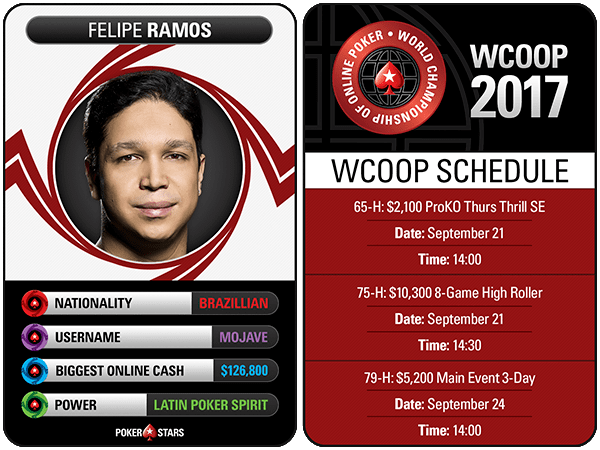Poker Theorems
- The fundamental theorem of poker comes to the conversation about the great battle for informational advantage in the game of incomplete information. The information is the main advantage in poker; unlucky cards or huge stack - is an info. The perceived information, to be precise.
- PokerMarket - Making Poker More EfficientFull Video here: https://pokermarket.com/marketplace.php#!/video/370/w34z3l/fundamental-theorems-of-poker-vid-2-valu.

Online Poker » Poker Strategy » Theories » Fundamental Theorem
The Fundamental Theorem of Poker is a general poker theory first introduced by David Sklansky in his book, The Theory of Poker. This theory states:
Common Poker Theorems The dictionary defines a theorem as “A general proposition not self-evident, but proved by a chain of reasoning. A truth established by means of accepted truths.” Over the years several poker theorems have been proposed by strong players and students of the game.
'Every time you play a hand differently from the way you would have played it if you could see all your opponents' cards, they gain; and every time you play your hand the same way you would have played it if you could see all their cards, they lose.
Conversely, every time opponents play their hands differently from the way they would have if they could see all your cards, you gain; and every time they play their hands the same way they would have played if they could see all your cards, you lose.”
So what all of this means is that the action you take should be no different then the one you'd take if you were able to see your opponent's hole cards.
• If you had a worse hand in comparison to your opponent's hand, you'd fold.
• If your hand were better than your opponent's hand, you would raise.
Poker Theory Pdf
• If both you and your opponent had marginal hands, but your opponent's marginal hand was better, you would bluff.
Now, obviously you cannot see your opponent's hole cards. But you can hand read and analyze board textures. The better you become at both of these skills, the more you can play as if you can see your opponent's card thus playing as 'perfect poker' as possible.
To further put this theory into perspective, let's look at a couple examples. Please be aware that variables such as player tendencies, hand ranges and special plays are excluded for the sake of argument.
Example Number 1
In this example, say you have 99 under the gun in a 6 handed ring game. You make a standard 4x raise and are flatted by the player on the button who has AK off suit. The blinds fold and you see a flop of 2-6-9 rainbow giving you top set. You are first to act, what do you do here?
The best option would be to check.
The reason why a check is the best option is because the flop is dry and your opponent only has ace high. Leading out and betting would likely cause most opponents to fold allowing them to play 'perfect poker' (as if they can see your cards). You don't want to fold out worse hands than yours, but want to keep worse hands in attempt to earn value for your hand. Checking here could possibly induce a bluff on the flop or on the turn. Better yet, if an ace or king peels on the turn, you'll likely be able to bet and get value for your hand since a player holding AK on a 2-6-9-A/K board is likely to feel as if they're ahead.

Poker Theory Reddit
Example Number 2

In this hand, say you have AA and your opponent has KJ suited. You raise preflop, your opponent calls and you see a flop of K-9-8 of two suits, one of which gives your opponent a flush draw. What's your move here?
The best play is to bet.
You would want to bet here for several reasons.
• You want to get value for your pocket aces from worse hands. Hands that will call a bet here include the pair of kings that your opponent has. If you couldn't see your opponent's cards, other hands to consider would be TJ, QT, QJ or even T7.
• You want to charge for the flush draw, aka protect your aces. Your opponent has a flush draw to go along with top pair so he's likely to come along. With that in mind, you want to make sure you bet enough to give incorrect odds to chase that flush.
Example Number 3
In this last example, you have 22, raise preflop and get one caller with TT in the cutoff. You see a flop of A-Q-7 rainbow. You are first to act, what is your move here?
You would want to bet (continuation bet).
Poker Theorems Cheat
Betting is definitely the best option. While your 22 definitely has showdown value, you can see that if you go to showdown you won't win the hand since your opponent has TT. So, this is a spot where you turn your hand into a bluff and bet. Taking into consideration that there are two over cards on the board and you raised preflop, it's a high possibility that your opponent will lay down his hand.

On a drier board like A-9-3, you would still bet. Your opponent would likely come along with his TT since he won't be sure you have the ace. In this situation, if another over card fell on the turn (another scare card for TT), you would actually double barrel here giving your opponent more reason to fold his under pair.
Poker Theorems Meaning
Using the Fundamental Theorem of Poker
Poker Theorems Rules
The whole idea behind the Fundamental Theorem of Poker is to play as if you can see your opponent's hole cards or in other words, play perfect poker. While you'll never be able to play perfect poker, you can get close if you use the info available to you to put your opponents on a hand range and make the most profitable play based on how the board has improved that range. Then, and only then, will you be playing the most optimal form of poker.